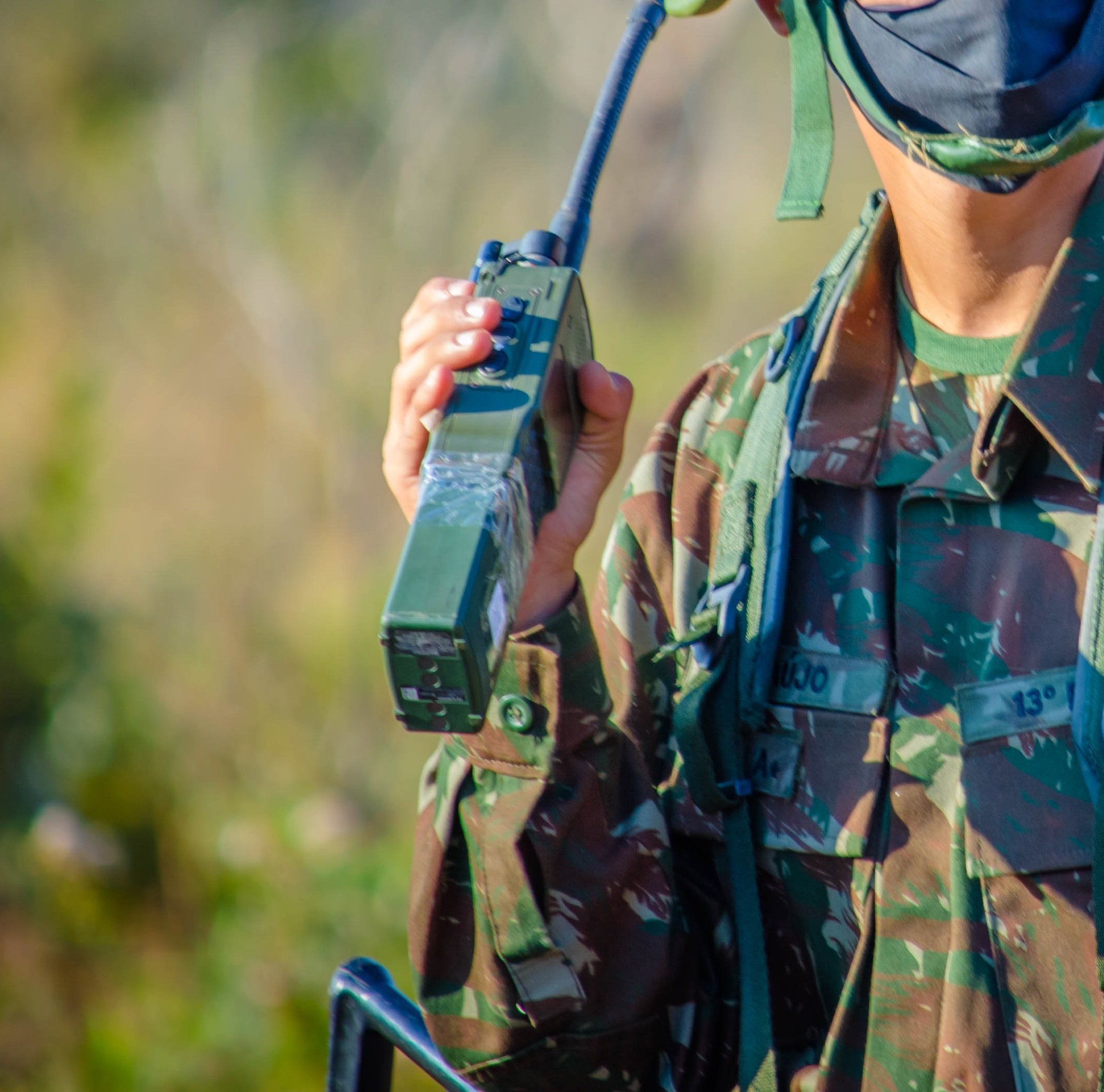Critical communication: A decade in Review
The development of critical communications technology has seen a significant evolution over the past few decades. The early 2010s marked the rapid growth of smartphones, which led to concerns about the limitations of existing TETRA/P25 networks for public safety agencies. To address this issue, the US government established FirstNet in 2012, while TCCA formed its broadband group (CCBG). This paved the way for public safety LTE programs like the UK's Emergency Services Network and Korea's SafeNet. Mission-critical data and video standards were established in the 2010s, providing a foundation for future services.
Entering the 2020s, the world faced unprecedented challenges such as the COVID-19 pandemic, political instability, and climate change. In the communications sector, 5G technology reached one billion users, but its advanced features remained underdeveloped. Public safety sectors continued to grapple with the transition from legacy narrowband technology to broadband LTE/5G solutions. Other industries also began to explore private networks, but faced hurdles like limited economies of scale and lack of devices and applications.
All in all, the full transition to critical broadband has been slower than anticipated due to various factors, including the complexity of developing the required infrastructure, technology, and devices. The prospects for successful migration in the short to medium term remain uncertain, but efforts to achieve this goal continue.
With the aim of promoting this transition, Wireless Technologies Finland (WT) has developed a versatile and adaptable PTT system known as PUSCOM. As a potential alternative to legacy radio systems such as VHF/UHF, TETRA, and P25, PUSCOM offers various advanced features including group and private audio, messaging, location tracking, and geofencing. This system may contribute significantly to the ongoing transition to critical broadband for public safety and other sectors, providing a more cost-effective and modernized solution.




